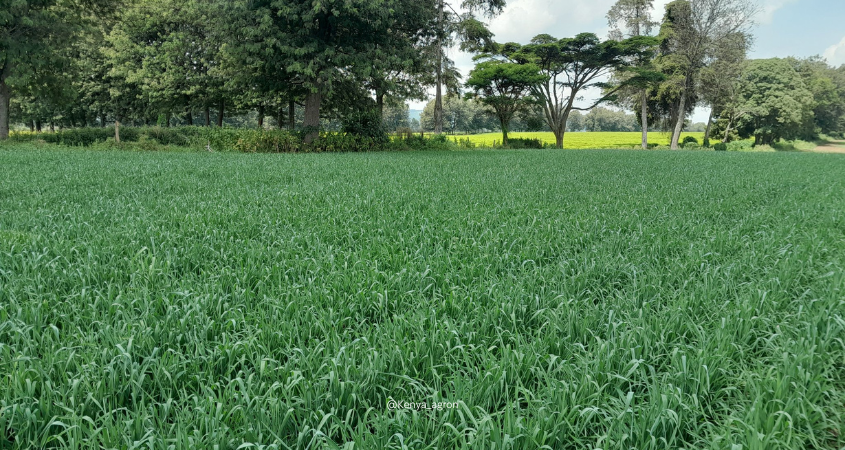
When creating a comprehensive soil testing, leaf testing, and fertilizer program for wheat, it’s essential to consider the following crucial growth stages of the crop:

1️⃣ Pre-Planting Stage: Begin with a thorough soil test before planting wheat to assess the soil’s nutrient levels, organic matter levels, and pH. This stage helps identify any nutrient deficiencies or imbalances, providing a baseline for the fertilizer program.
2️⃣ Seedling Stage: During early growth, wheat requires adequate phosphorus (P) and nitrogen (N) for root development and early tillering. Consider applying a starter fertilizer containing these nutrients to support strong seedling establishment.
3️⃣ Tillering Stage: As wheat enters the tillering phase, nitrogen becomes crucial for promoting the development of multiple tillers, which contribute to higher yield potential. Based on soil test results, apply nitrogen fertilizer accordingly.
4️⃣ Stem Elongation Stage: At this stage, wheat has higher nutrient demands, particularly nitrogen, phosphorus, and potassium (K). Monitor the crop’s nutrient status through leaf testing and adjust the fertilizer program to meet the plant’s needs.
5️⃣ Booting and Heading Stage: Adequate nutrition during booting and heading is essential for grain formation and filling. Focus on maintaining balanced nutrient levels, especially nitrogen, phosphorus, and micronutrients like zinc and iron.
6️⃣ Grain Filling Stage: During grain filling, wheat requires ample nitrogen, phosphorus, potassium, and sulfur (S) to support grain development and maximize yield potential. Leaf testing recommendations help ensure precise nutrient application.
7️⃣ Maturation Stage: As wheat matures, nutrient uptake decreases. It’s essential to manage nutrient levels to avoid nutrient imbalances and maintain grain quality.
1️⃣ Conduct regular soil testing (at least once a year) to monitor changes in soil nutrient, organic matter, and pH levels.
2️⃣ Perform leaf testing during critical growth stages to assess the crop’s nutrient status and fine-tune the fertilizer program.
By employing a well-designed soil testing, leaf testing, and fertilizer program, wheat growers can optimize crop nutrition, achieve higher yields, and enhance overall wheat productivity.
Grow more with less
Order our services and get to know how to improve your soil for better yeilds.